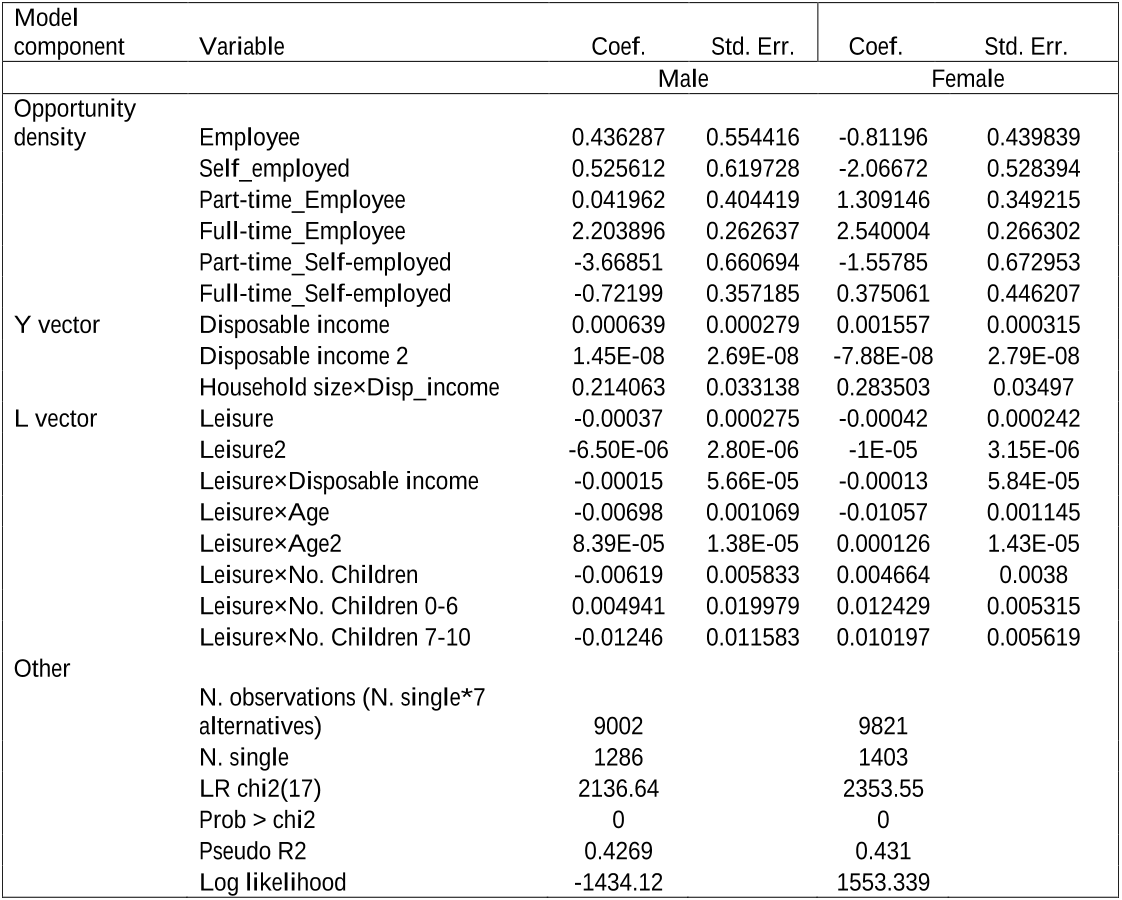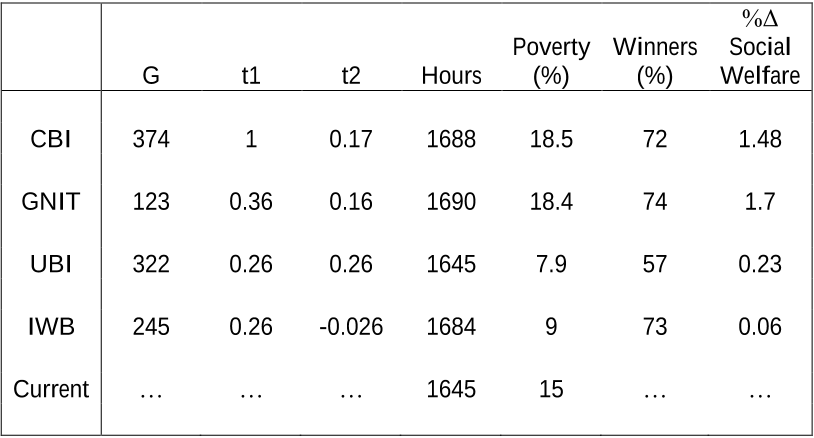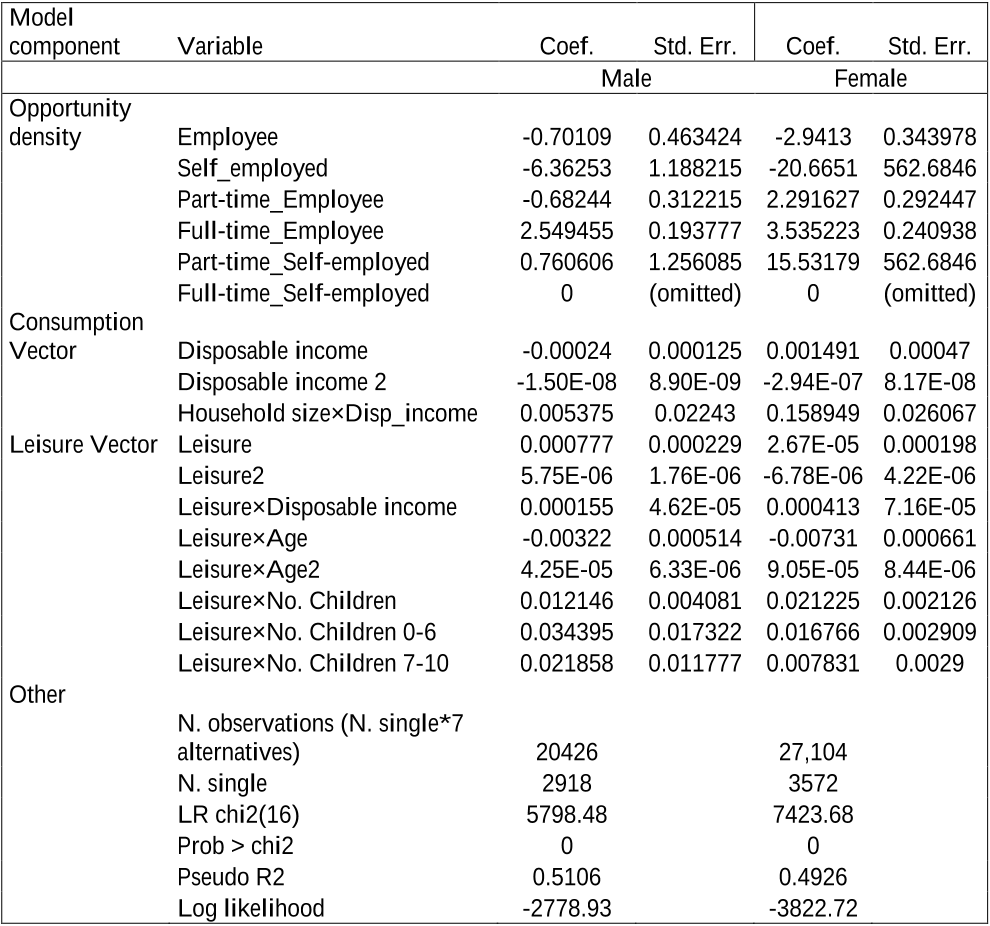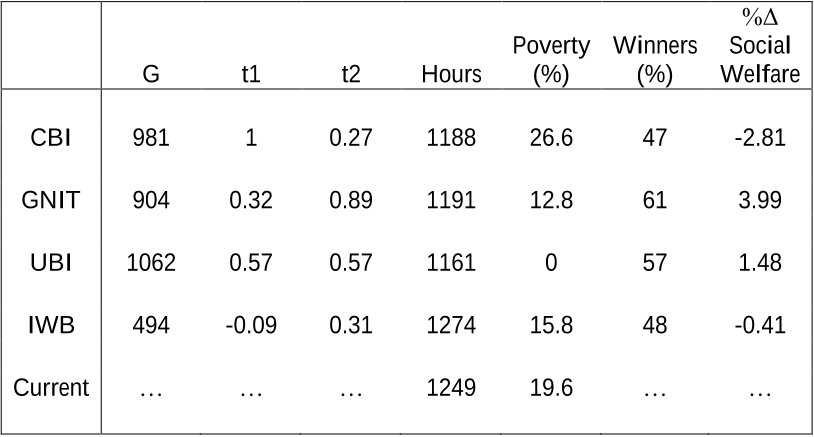Q1. What are the contributions in "The case for nit+ft in europe. an empirical optimal taxation exercise" ?
The authors present an exercise in empirical optimal taxation for European countries from three areas: Southern, Central and Northern Europe.
Did you find this useful? Give us your feedback















21 citations
14 citations
9 citations
1 citations
1 citations
...For instance, Islam & Colombino (2018), Aaberge and Colombino (2013) and many others adopt a procedure that consists of using a common utility function as an argument of the social welfare function following Deaton and Muelbauer (1980) approach18....
[...]
...Islam & Colombino (2018)....
[...]
27 citations
...…to help reallocating jobs and resources in the globalized and progressively automated economy, where employers need flexibility to compete on a global scale and employees need support to redesign their careers and occupational choices (e.g. Standing 2008, Hughes 2014, Colombino 2015a, Raj 2016)....
[...]
26 citations
24 citations
22 citations
...A discussion of this type of money-metric measures is provided by Fleurbaey (2011)....
[...]
...Fleurbaey (2011) presents some examples that can be motivated by ethical criteria....
[...]
21 citations